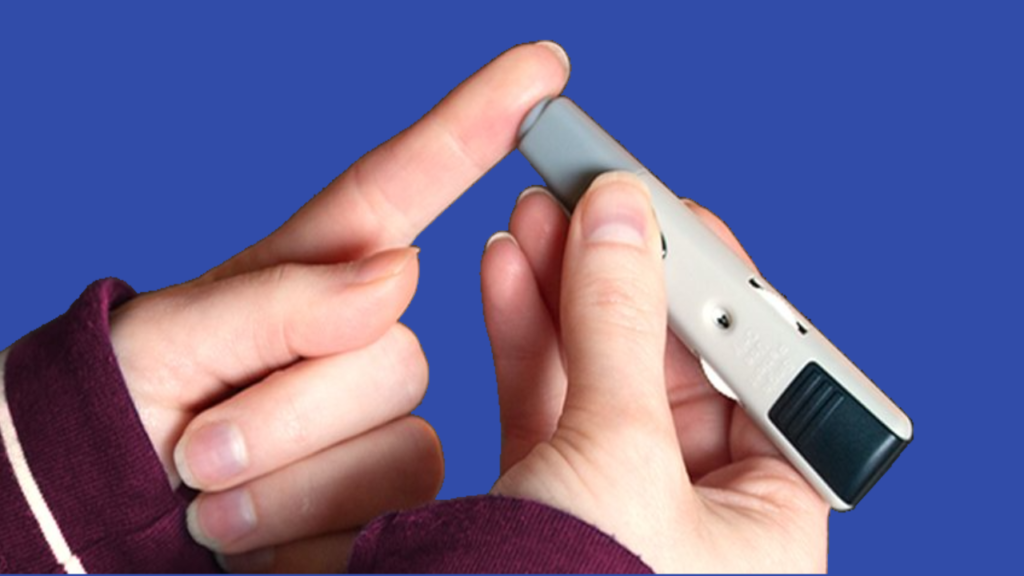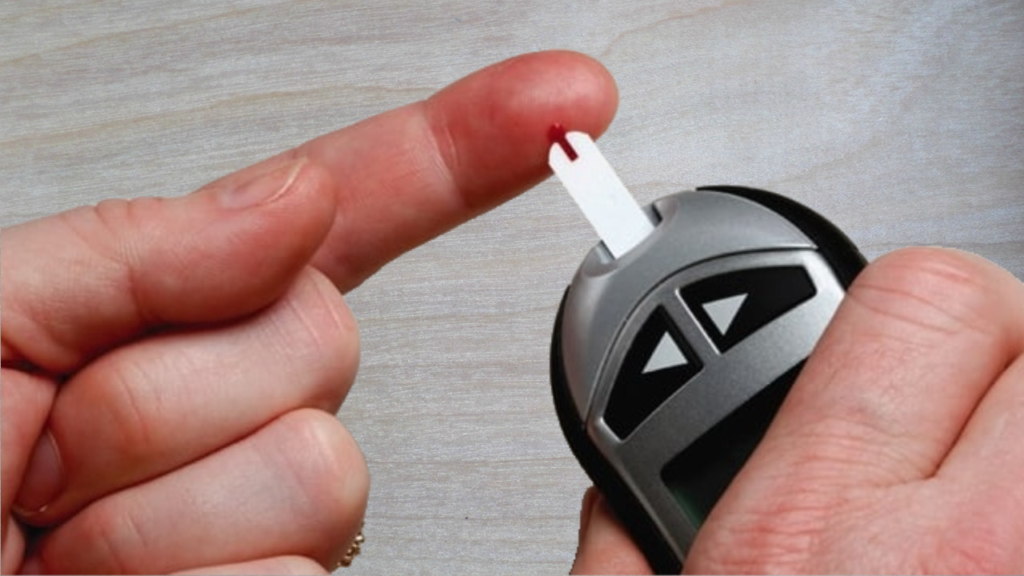For someone who wants to keep an eye on their blood glucose levels, a bedside glucometer machine can be an essential tool. It allows you to monitor your blood sugar without having to leave the comfort of your home, making it a convenient and easy way to stay on top of your health.
In this guide, we’ll take you through everything you need to know about using a bedside glucometer. From how to set it up, to how to read your results, we’ll cover all the important details so that you can use your glucometer with confidence.
What is a Glucometer machine?
A glucometer is a small device that measures the amount of glucose in the blood. The device typically consists of a handheld meter, a lancet to draw blood, and test strips that are inserted into the meter. Once the test strip is inserted into the meter, a small drop of blood is placed on the test strip, and the meter displays the blood glucose level.
How does a Glucometer work?
Glucometers work by using an enzyme called glucose oxidase. This enzyme reacts with the glucose in the blood and creates an electrical current, which is then measured by the meter. The accuracy of the glucometer can be affected by factors such as the age of the test strips, the level of hematocrit (red blood cell concentration), and the presence of other substances in the blood. Thus it is pertinent that the finger to be used is clean dry and free of chemicals.
Using The Glucometer
Step 1: Prepare the Glucometer
Before using a glucometer machine, read the instructions that come with the device. Make sure that the device is clean and that the battery is fully charged. Wash your hands with soap and copious warm water, and dry them thoroughly with clean wipes,
Step 2: Prepare the Test Strip
Insert a test strip into the glucometer machine, and make sure it is correctly placed. Most glucometers have a port where the test strip can be inserted. Ensure that the point for dropping the blood is facing up.
Step 3: Prick Your Finger
Use a lancet device to prick the side of your fingertip. Squeeze your finger gently to obtain a small drop of blood. Just a tiny collection of blood is enough. Most Glucometers do not need large quantities of blood for an effective test.

Step 4: Apply the Blood from the finger to the Test Strip
Place the drop of blood on the test strip, and wait for the glucometer to display the blood glucose reading. Touch the test strip to the drop of blood, making sure that it fills the entire test area. Wait for the glucometer to display your blood glucose reading.

Understanding Your Results
When you use a bedside glucometer machine, you’ll see a number displayed on the screen that represents your blood glucose level. This number is measured in milligrams per deciliter (mg/dL) in the United States or millimoles per litre mmol/L
Generally, a healthy blood glucose level is between 70-130 mg/dL before a meal and less than 180 mg/dL 2 hours after a meal. However, your target range may be different based on your individual needs and your doctor’s recommendations.
It’s important to keep a record of your blood glucose readings so that you can track any changes over time. This can help you and your doctor make informed decisions about your treatment plan.
Troubleshooting
If you’re having trouble getting an accurate reading from your bedside glucometer, here are some things to check:
- Make sure you’re using the correct test strips for your glucometer. Using different strips on a glucometer will affect the quality of results obtained, sometimes the machine might refuse to work entirely.
- Check the expiration date on your test strips. Expired test strips may not give accurate readings.
- Make sure your glucometer is clean and free of any debris.
- Check that your lancet is not bent or damaged.
- Make sure you’re following the instructions in the manual carefully.
Frequently Asked Questions
- How often should I check my blood glucose levels with a bedside glucometer?
It depends on your doctor’s recommendations, but typically people with diabetes are advised to check their blood glucose levels at least once a day.
- Can I use a bedside glucometer to diagnose diabetes?
No, a bedside glucometer machine should not be used to diagnose diabetes. If you’re concerned that you may have diabetes, speak to your doctor about getting a formal diagnosis.
- What should I do if my blood glucose level is too high or too low?
If your blood glucose level is too high or too low, follow your doctor’s instructions for adjusting your treatment plan. This may include taking medication or